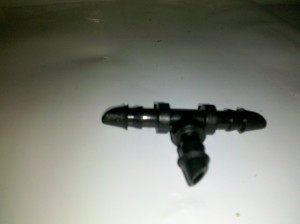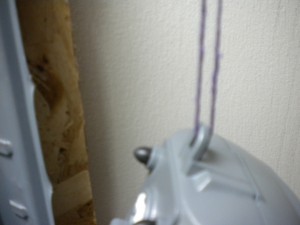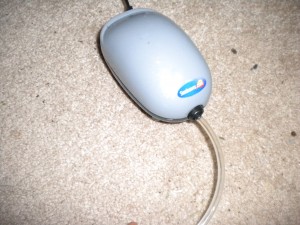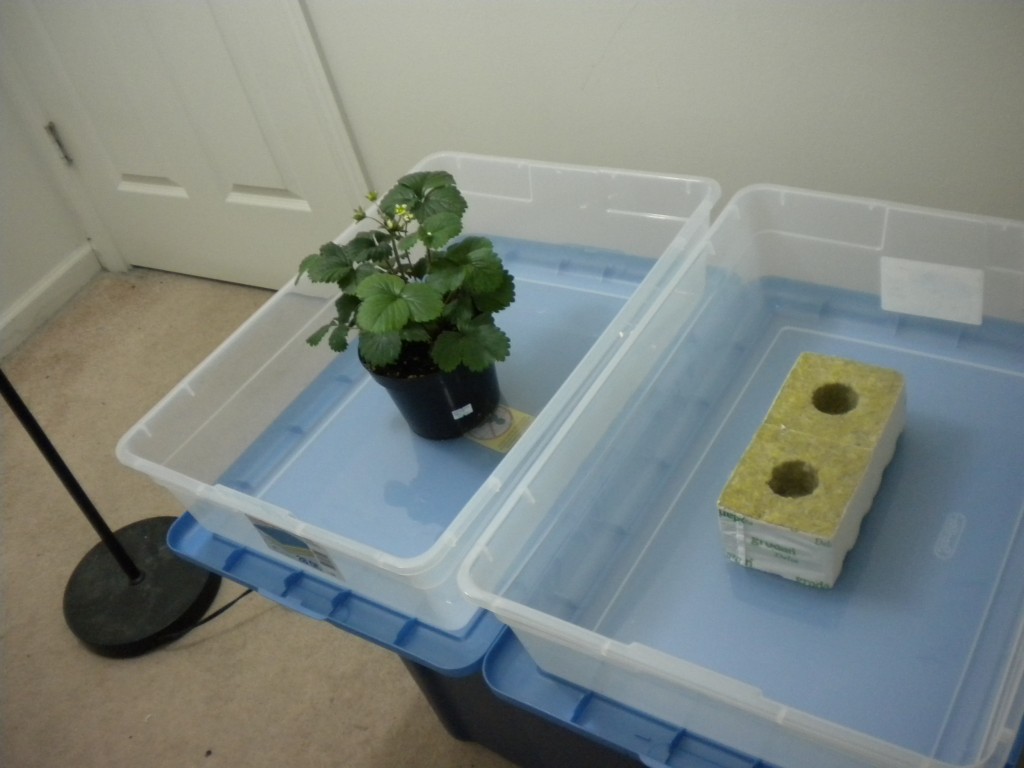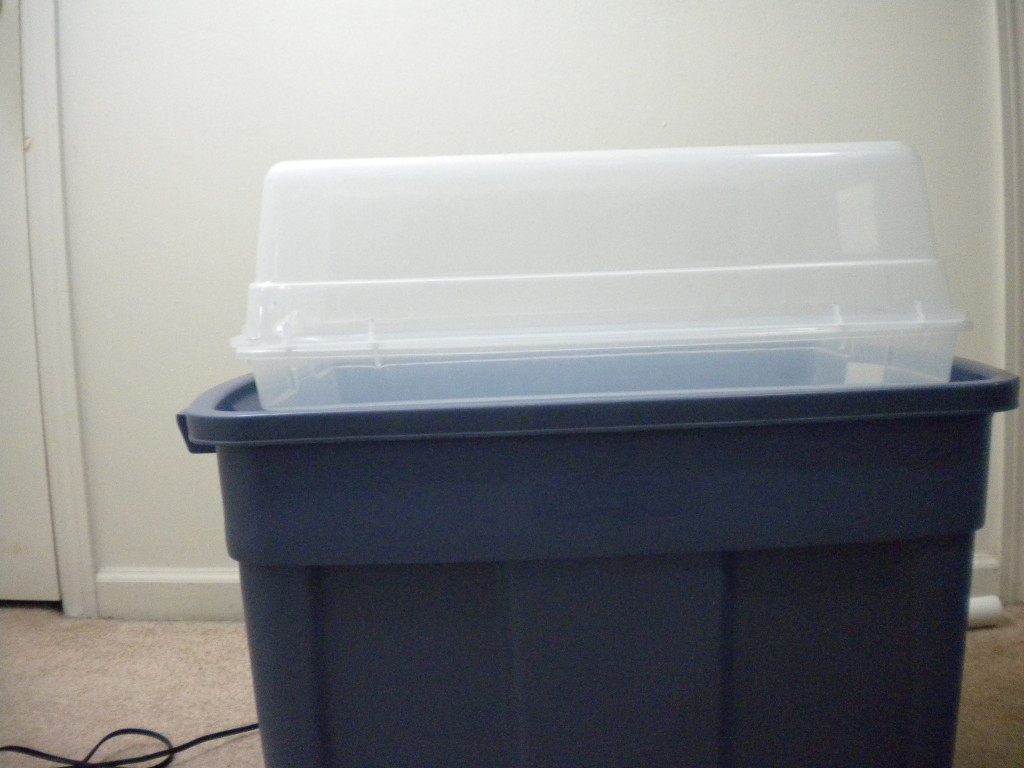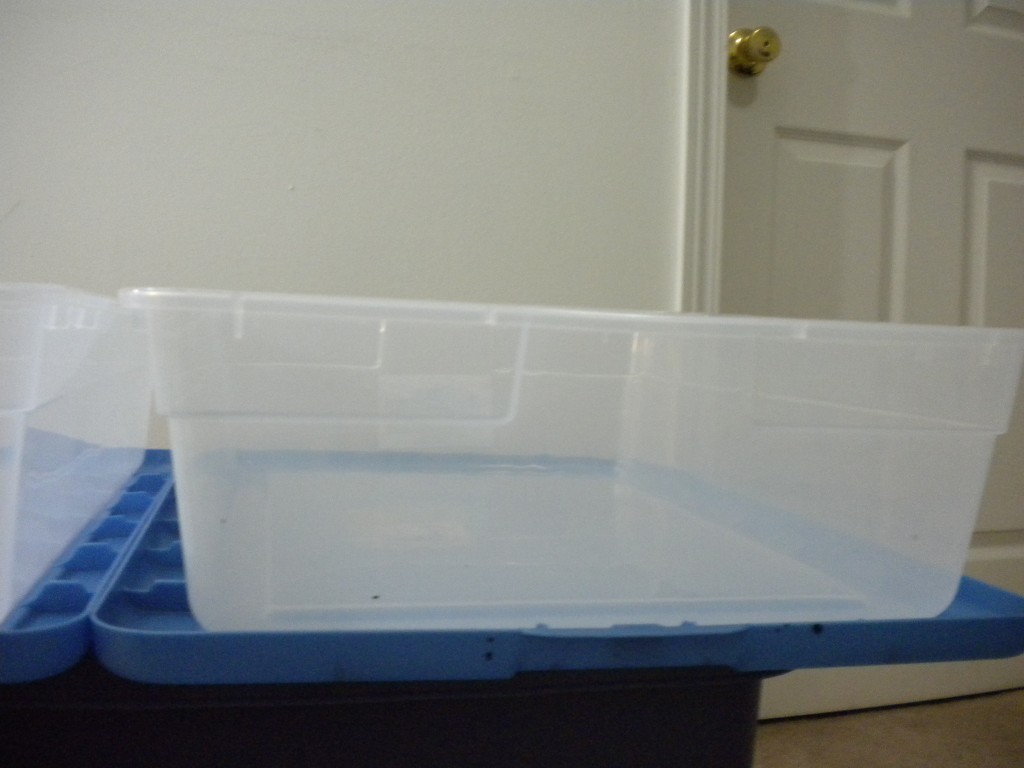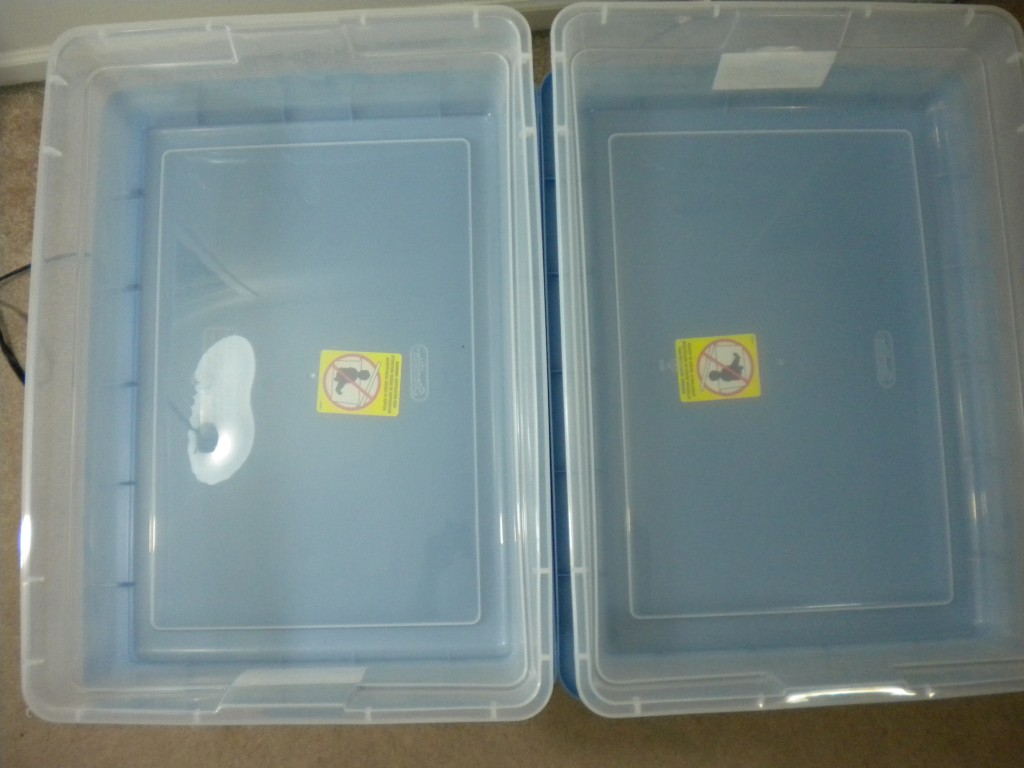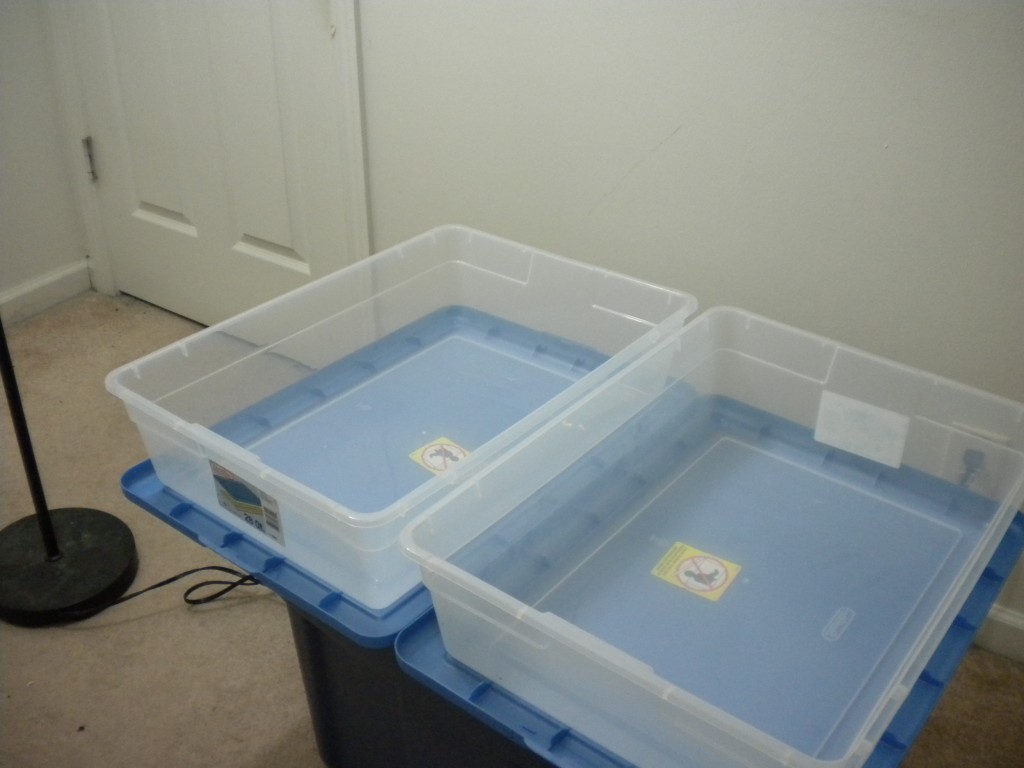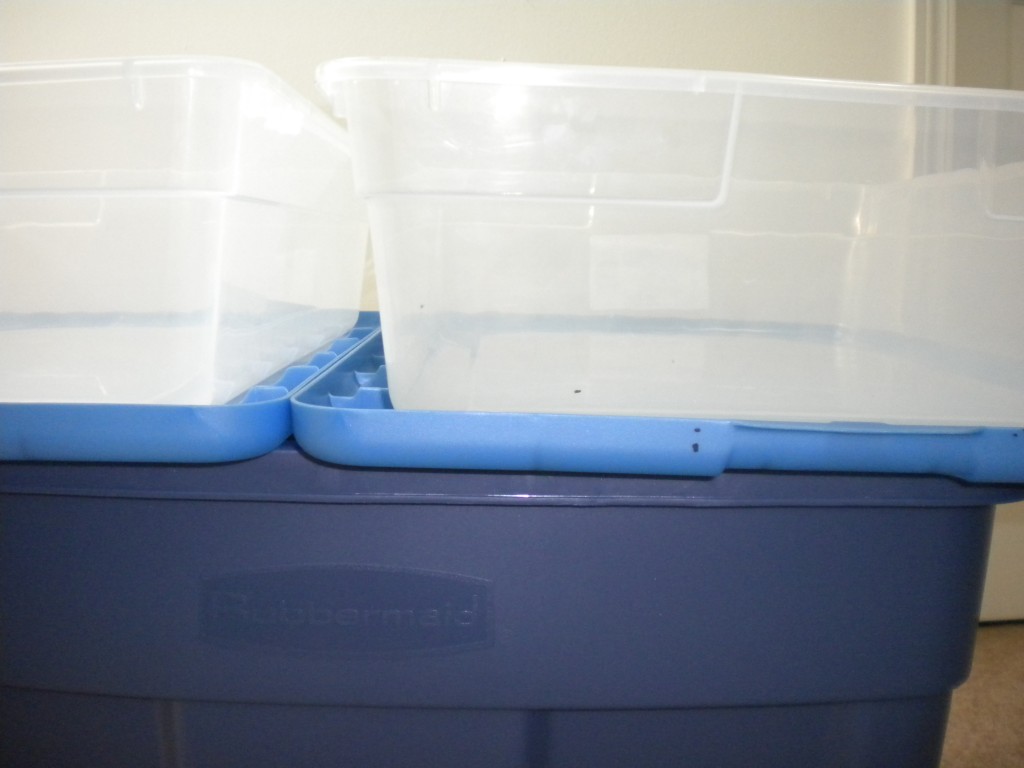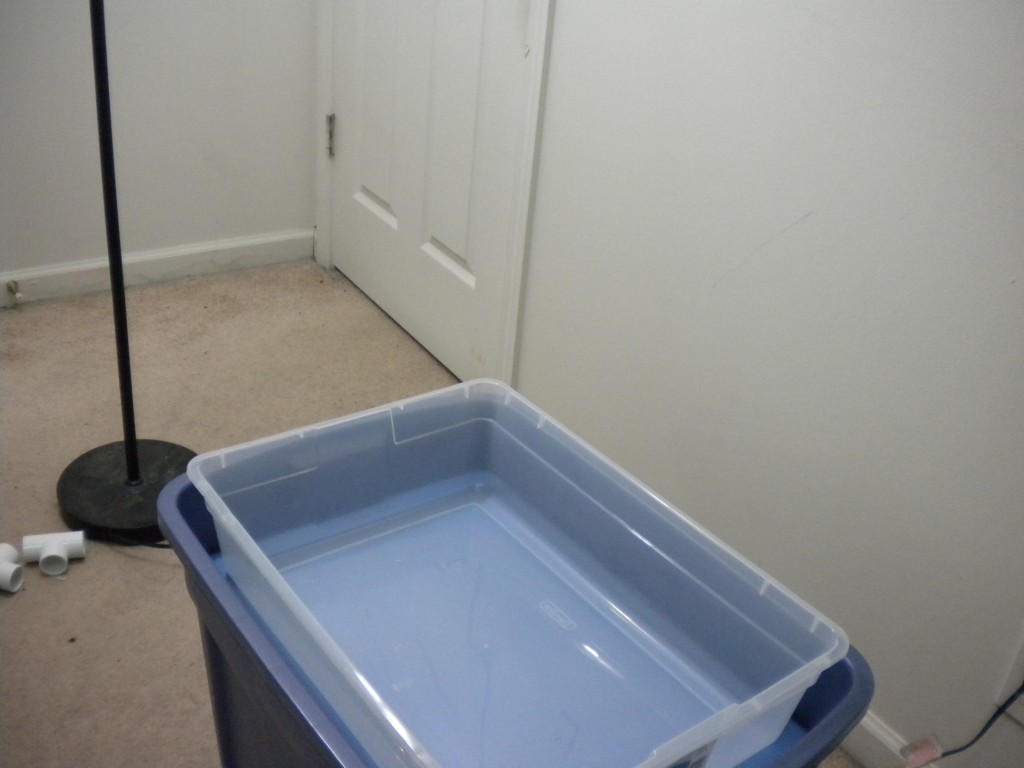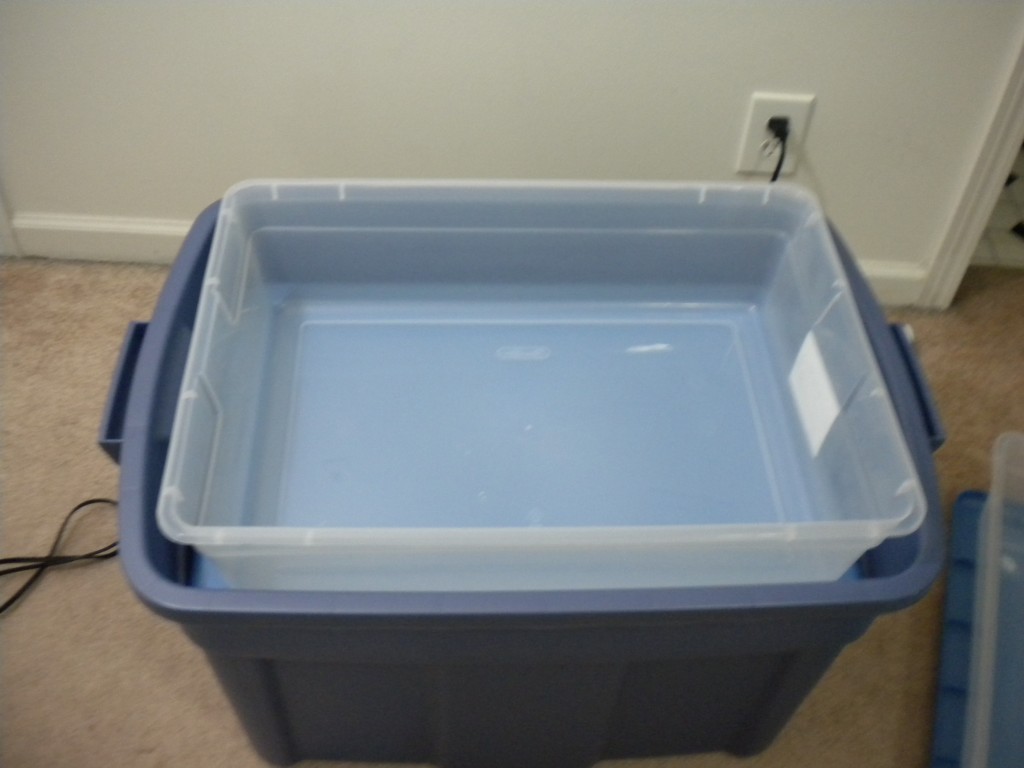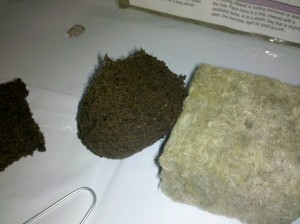
Hydroponic growth medium is an important choice depending on your grow style. Different growth medias have different strengths and weaknesses. Many growers turn to hydroponic growing methods for their propagation systems. By doing so, growers are given a wide array of options to optimize their growing efficiency. Economical growers do not want to see a decrease in yield or harvest quality due to a growing media issue.

Below are the pros and cons for both mediums. You should experiment with both to see what you find. You never know what you may find out from trying different soil less mediums. Search for what works best in the system you use.
Starter Plug Pros:
-Simple, Plugs usually come in a float n grow type system with instructions.
-Only need to be dipped in water to be ready to go.
Starter Plug Cons:
–The float n grow system is not really re-usable, rendering the starter plug replacement packs nearly useless.
-Aside from the float n grow – the starter plugs seem to be susceptible to powdery mildew but careful planning can defend against it.
Rockwool Pros:
-The design is made to give the roots the best air to moisture ratio, if used properly.
–Rockwool is not messy whatsoever.
-Holds moisture well – Important for cloning.
-Comes in various sizes.
Rockwool Cons:
–May not be a good choice for plants that require a dry start for success.
-Rough handling, and lack of attention could lead to an incorrect air to moisture ratio.
-Should be sitting flat.
I cannot say which will prove to be more successful to you, but I had better luck with the rockwool cubes. The Starter Plugs stayed in water for too long. I also tried re-using a float n grow through multiple sets of cloning cycles. The float n grow needs to be cleaned and sterilized to go through a refill. The rockwool cubes did not do well sitting in a flood tray of water, but they did hold up well in a bubble cloner. Go for 100% and try out all the different cloning mediums! Share your experience below!

